Japan’s delivery food culture is not just about convenience—it’s a fascinating journey through centuries of culinary tradition, modern innovation, and unmatched variety. Whether you’re a local resident or a curious traveler, the delivery scene in Japan offers a unique experience that blends speed, flavor, and service like nowhere else. In this article, we’ll explore what makes food delivery in Japan so special, what types of food you can order, how it’s different from other countries, and how advanced logistics like Packy delivery tracking are changing the game.
A Brief History of Japanese Food Delivery
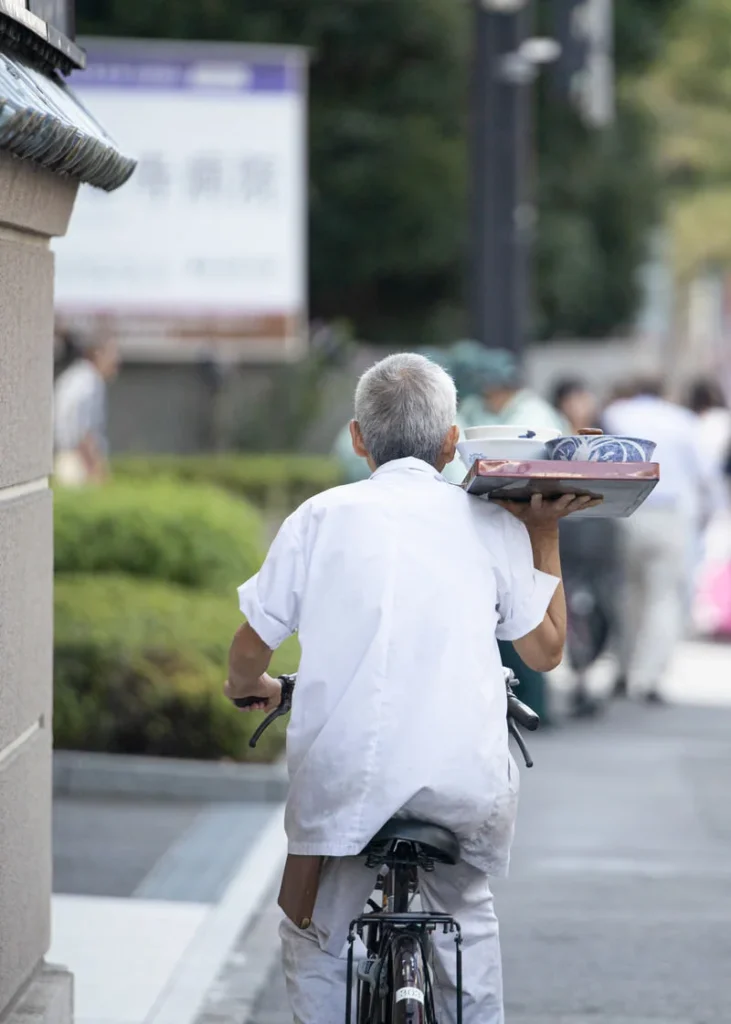
Food delivery in Japan, known locally as demae (出前), has existed for centuries. In the Edo period (1603–1868), it was common for restaurants to deliver noodles, sushi, and rice dishes using a balance tray strapped to a bicycle or even carried by hand. These deliverymen, often dressed in traditional workwear, would skillfully navigate narrow streets while keeping the meals intact—a true art.
Over time, Japan’s delivery culture evolved with technology and changing lifestyles. The core principles of punctuality, quality, and presentation, however, remained deeply rooted. Unlike in some countries where delivery might be considered a second-rate option, in Japan, it’s often as good as dining in.
Technology Enhancing the Experience: Packy Delivery Tracking
One of the standout features of Japan’s modern delivery system is its seamless integration with advanced technology. Customers in Japan are accustomed to precise time management, and the food delivery sector is no exception. Major delivery platforms offer real-time order tracking, estimated arrival times, and notifications.
Packy delivery tracking is a great example of how technology is used to improve customer satisfaction. This tracking system allows users to monitor their orders every step of the way, from the moment they’re confirmed to when they arrive at the door. With accurate location tracking and status updates, customers no longer have to guess when their food will arrive. This level of transparency and control is a key reason why food delivery in Japan is so efficient and trusted.
What Kind of Foods Can You Order in Japan?
Japan’s delivery menus are as diverse as its culinary heritage. Here are some popular categories of food you can easily order across the country:
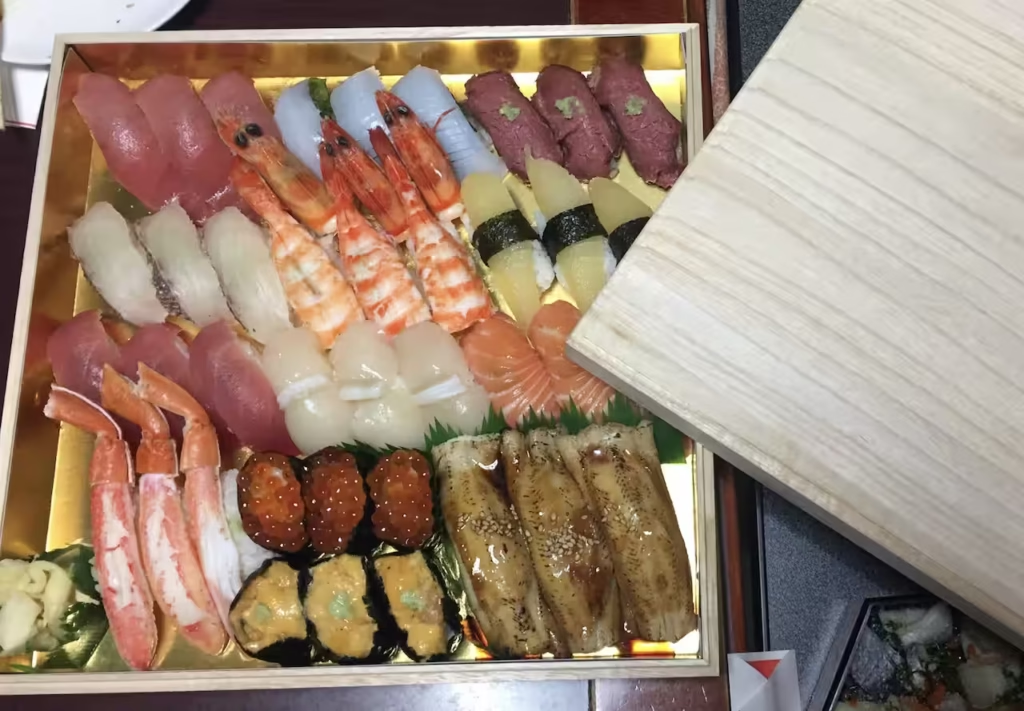
1. Sushi and Sashimi
Fresh, beautifully arranged sushi and sashimi are staples of Japanese cuisine, and you can get them delivered from high-end sushi restaurants or more affordable chains. The emphasis is on freshness, with temperature-controlled packaging to maintain quality.
2. Ramen and Udon
Yes, you can get hot, soupy noodles delivered—and they’re not soggy! Many delivery services package the broth and noodles separately to ensure that the texture remains perfect. Whether it’s spicy tonkotsu ramen or a hearty bowl of curry udon, these comfort foods are delivery favorites.
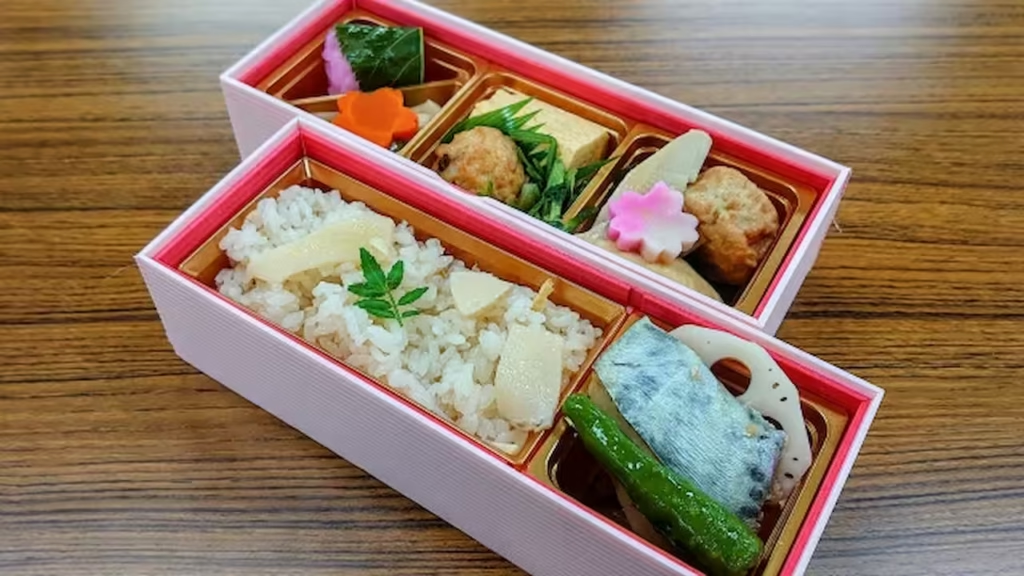
3. Bento Boxes
Bento boxes are compartmentalized meals that typically include rice, meat or fish, vegetables, and pickles. Ideal for office workers and students, bento delivery is popular for both lunch and dinner. Some companies even offer custom bento orders for events or family gatherings.
4. Japanese Curry
Thick, mildly spicy, and satisfying, Japanese curry is a favorite delivery item. Usually served with rice and a choice of toppings like katsu (breaded pork or chicken cutlet), this dish travels well and retains heat effectively.
5. Izakaya-style Dishes
Many izakayas (Japanese pubs) now offer home delivery of popular items like yakitori (grilled chicken skewers), karaage (fried chicken), gyoza (dumplings), and edamame. These dishes are perfect for a relaxed evening at home.
6. Western and Fusion Foods
From pizzas and burgers to pasta and taco rice, Japan’s delivery culture has embraced Western and international cuisines. Many of these dishes are localized with unique twists—like pizzas topped with mayonnaise, seaweed, or teriyaki chicken.
7. Vegetarian and Vegan Options
Though traditionally meat- and fish-based, Japanese delivery platforms have begun expanding vegetarian and vegan menus in response to growing demand. Tofu dishes, vegetable sushi, and soy-based meat substitutes are now easier to find.
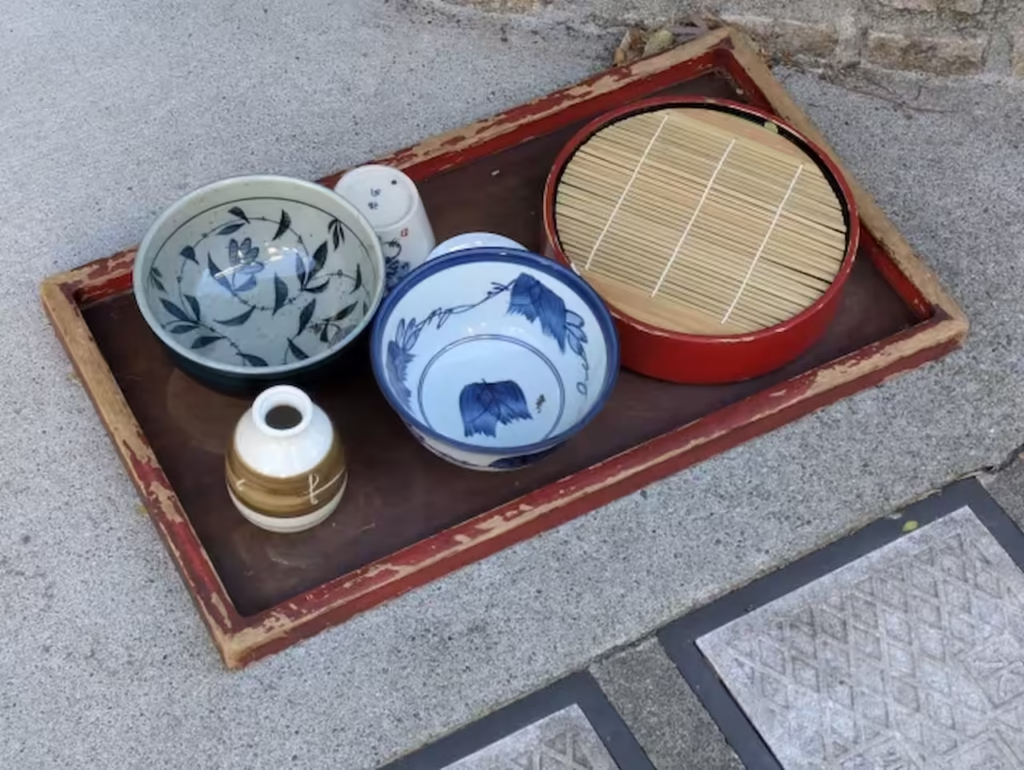
Major Delivery Platforms in Japan
Several food delivery apps and platforms operate in Japan, each offering slightly different services and restaurant partnerships:
- Demae-can (出前館) – One of the largest and oldest platforms, offering an extensive selection of local and chain restaurants.
- Uber Eats Japan – Very popular in urban areas, known for its user-friendly interface and wide variety.
- Rakuten Delivery – A trusted platform that also offers grocery delivery and other services.
- Menu – A rising competitor with exclusive deals and premium restaurant selections.
Each of these platforms integrates tracking systems like Packy delivery tracking to ensure timely and reliable service.
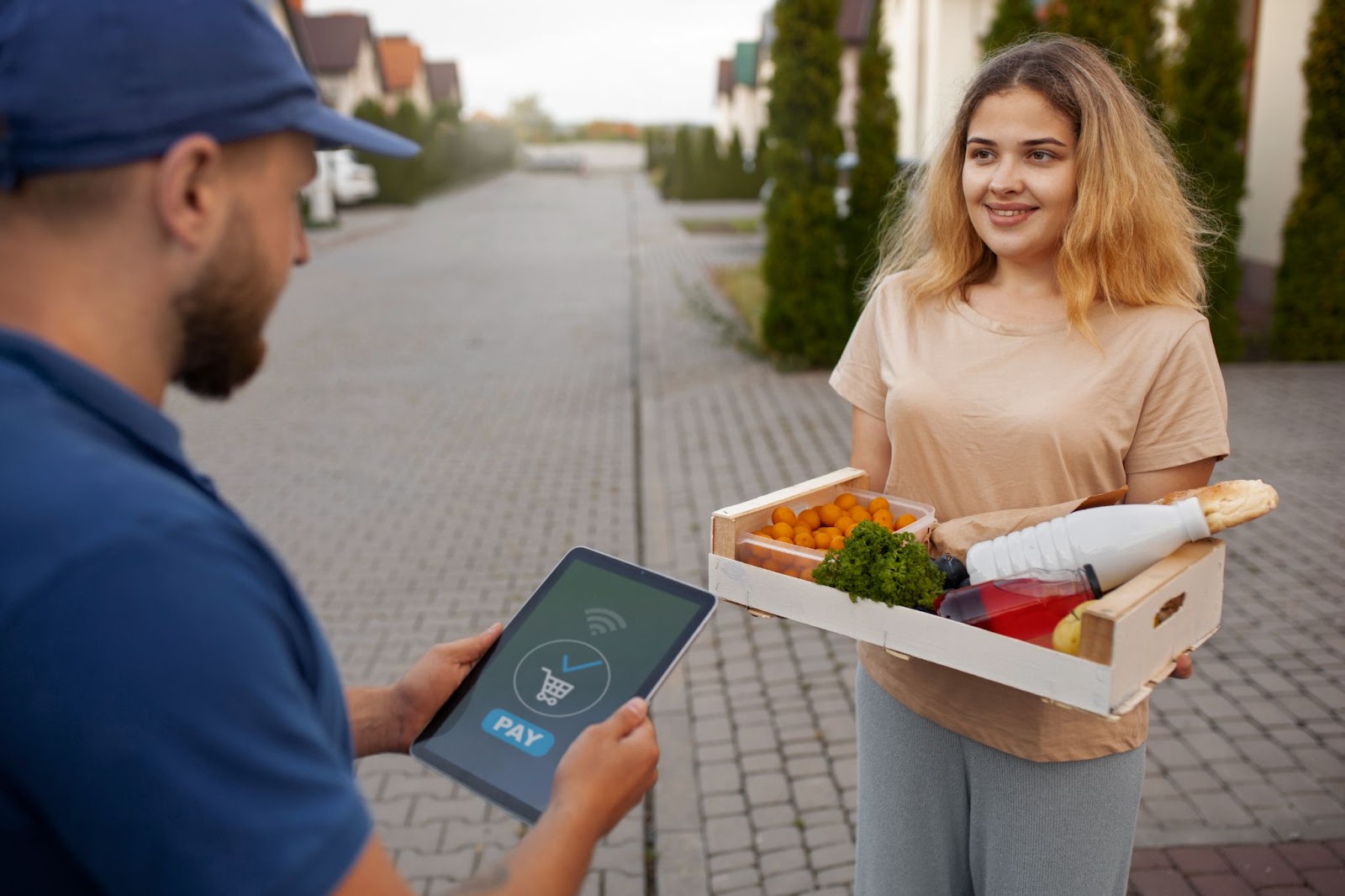
What Makes Japan’s Delivery Culture Different from Other Countries?
Compared to other nations, Japan’s delivery food culture has several distinctive characteristics:
1. Emphasis on Presentation
Even in delivery, presentation matters in Japan. Meals often arrive in elegant, compartmentalized containers, sometimes with garnishes, sauces on the side, and heating instructions.
2. Punctuality
Japanese delivery services are famous for their timeliness. Delays are rare, and when they happen, customers are often notified in advance with a sincere apology.
3. Hygiene and Packaging
Cleanliness is paramount. From tamper-evident seals to eco-friendly containers, food safety and sustainable packaging are part of the standard.
4. High-Quality Ingredients
Even affordable delivery meals in Japan often use fresh, seasonal ingredients sourced locally. Quality is never compromised.
5. Cultural Nuances
Politeness is baked into the service. Delivery staff are courteous, often bowing when handing over the food, and tips are not expected—great service is considered standard.
Food Delivery in Rural vs. Urban Japan
While major cities like Tokyo, Osaka, and Kyoto offer a vast array of delivery options, rural areas have more limited choices. However, thanks to Japan’s efficient transportation network and growing interest in regional specialties, even remote areas are seeing improvements in food delivery services.
Some towns are experimenting with drone deliveries, especially in mountainous regions. These innovations are becoming more accessible to consumers everywhere.
The Future of Food Delivery in Japan
As lifestyles continue to shift toward digital convenience, food delivery in Japan is set to grow even further. Expect to see more AI integration, customized meal subscriptions, and eco-friendly innovations. Moreover, Japan’s aging population is driving demand for home-delivered meals tailored to dietary needs—opening a new frontier in health-conscious food delivery.
Conclusion
Japan’s food delivery culture offers more than just a meal—it’s a window into the country’s values, from meticulous attention to detail to a deep respect for time and tradition. Whether you’re ordering sushi at midnight or enjoying a warm bowl of ramen on a rainy afternoon, Japan’s delivery system makes it easy to enjoy high-quality cuisine from the comfort of your home. With platforms enhanced by smart tools like Packy delivery tracking, the experience is smoother, smarter, and more satisfying than ever.
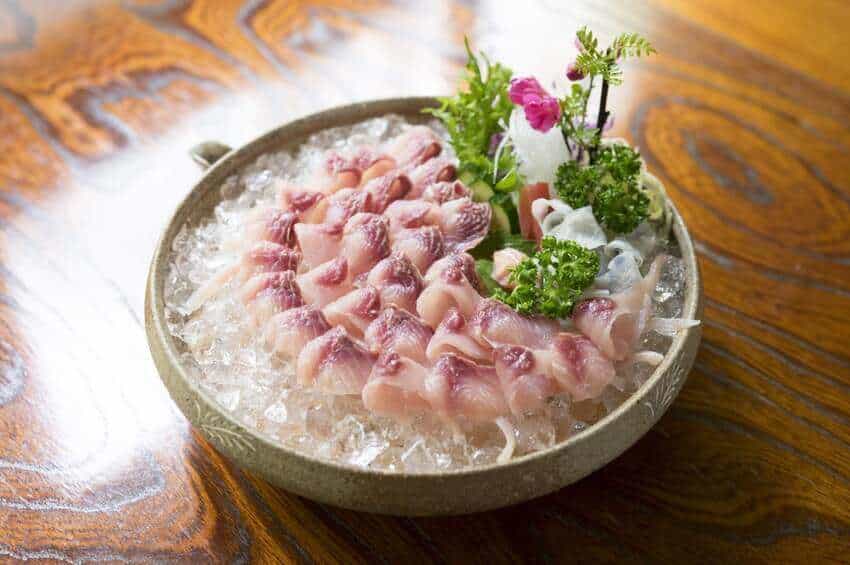
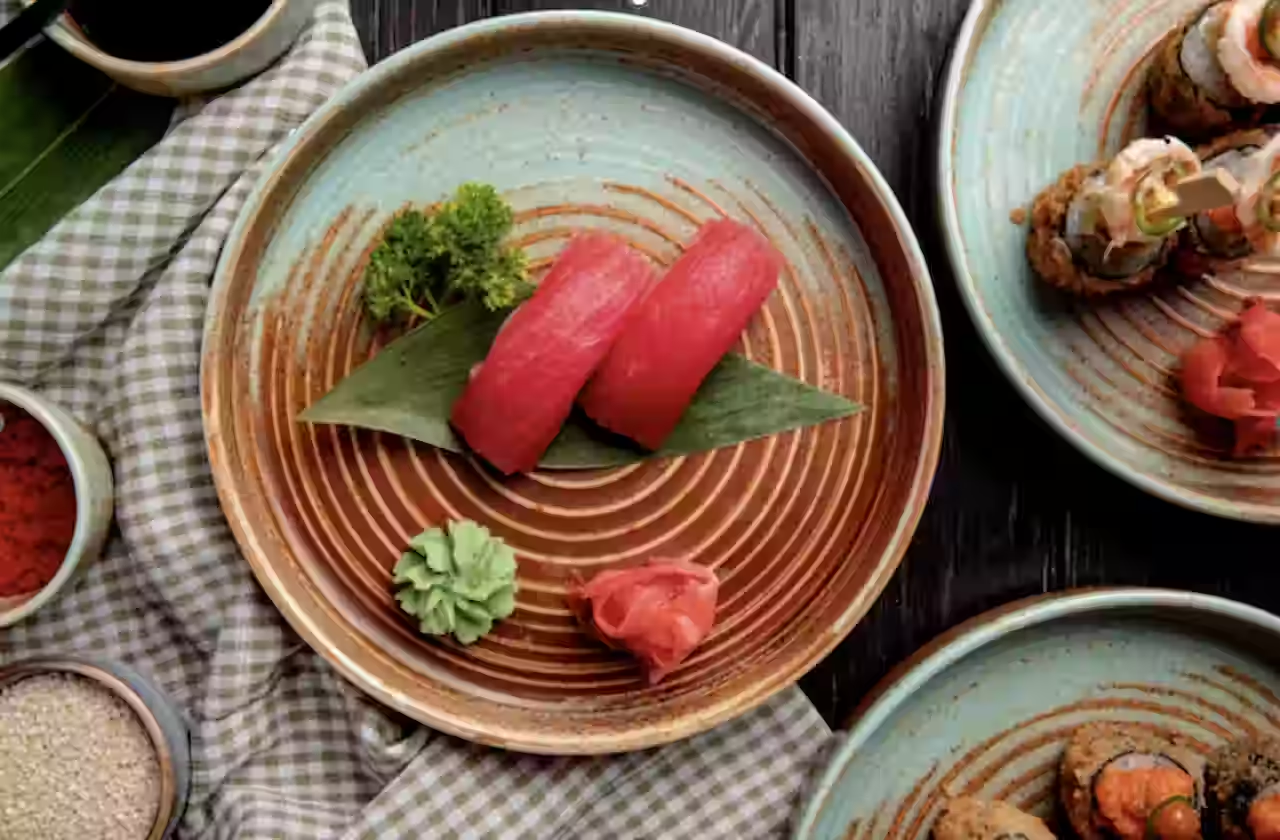
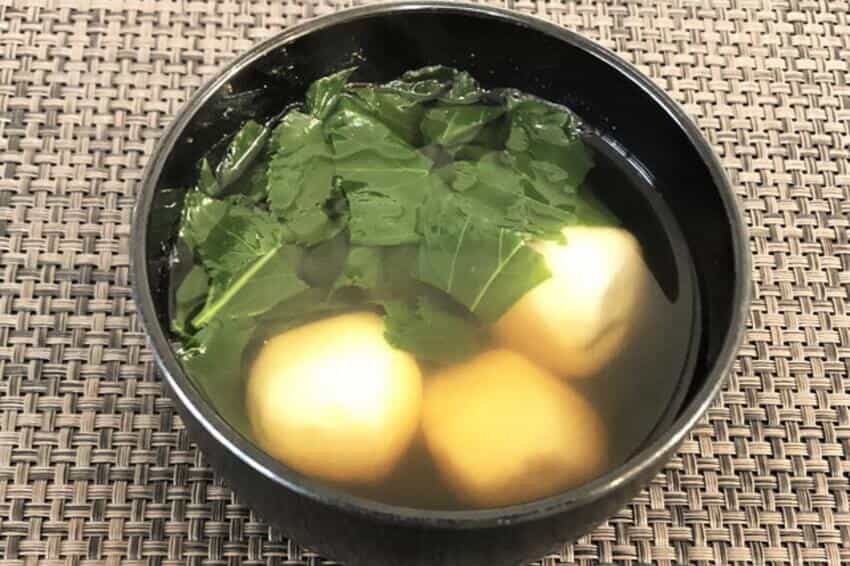
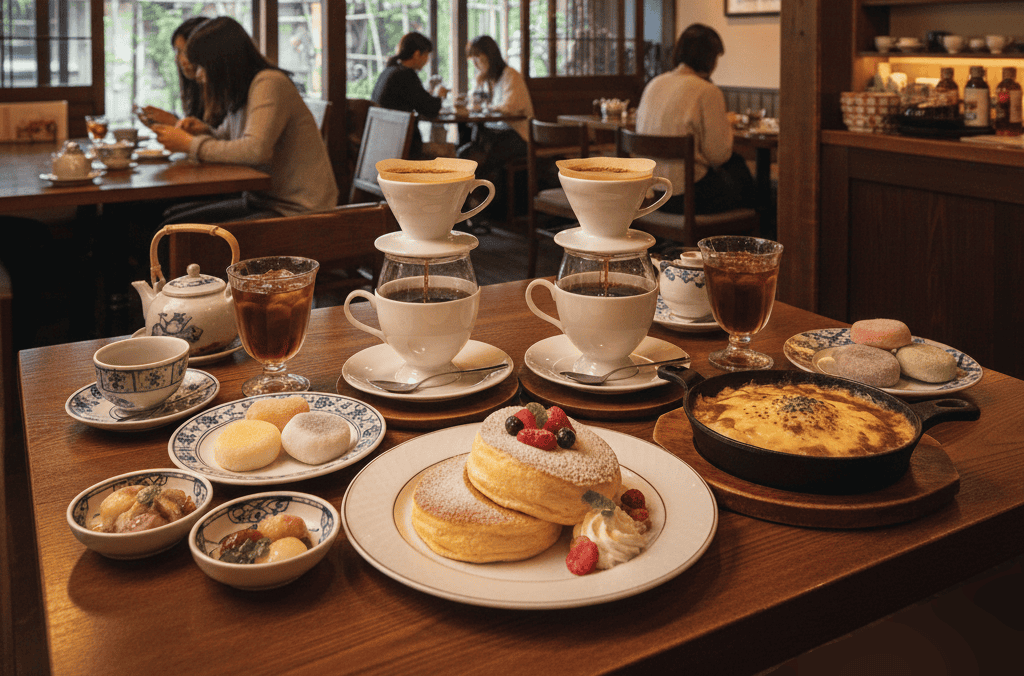
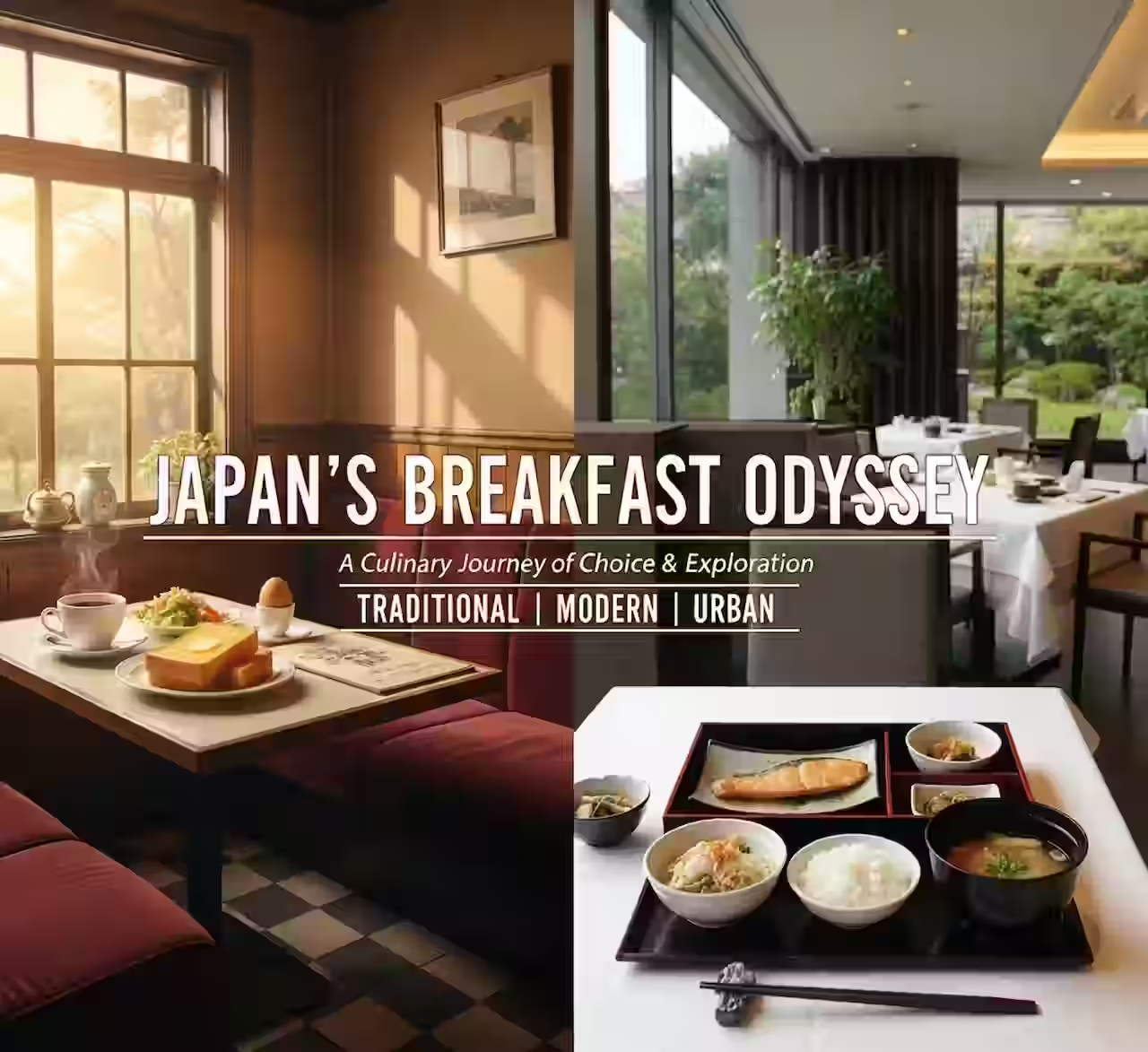

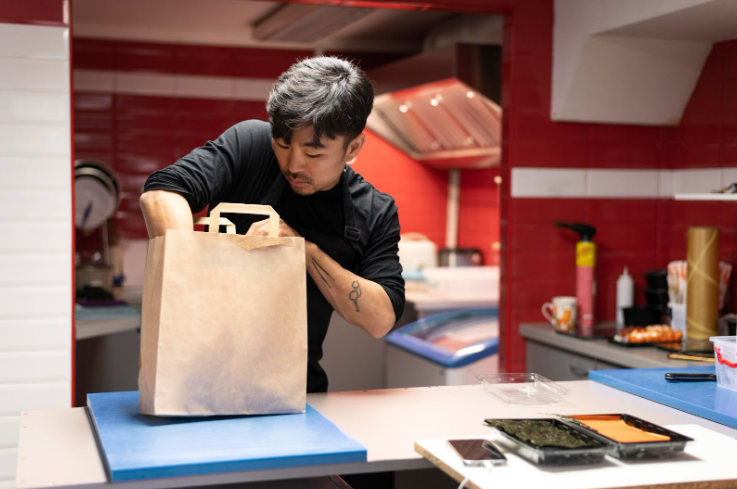
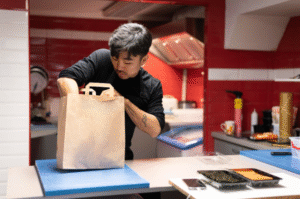
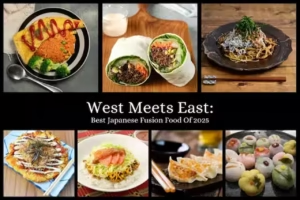



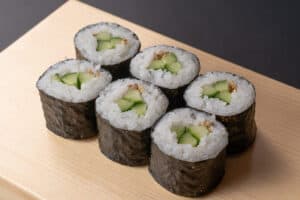

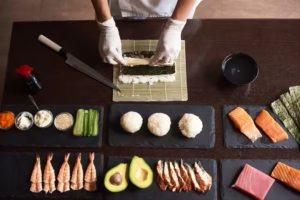
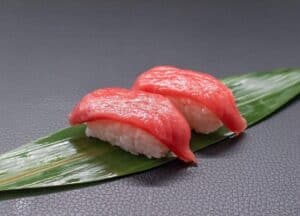
Comments